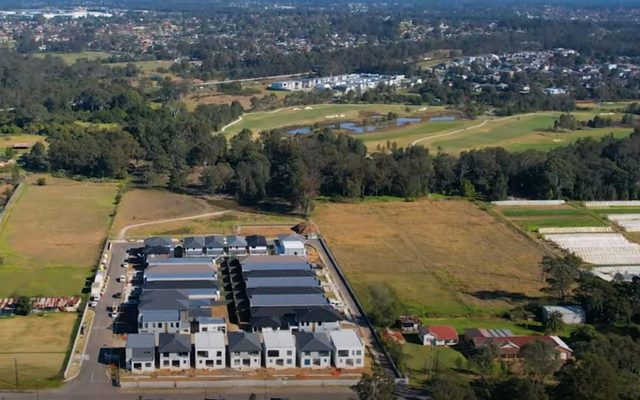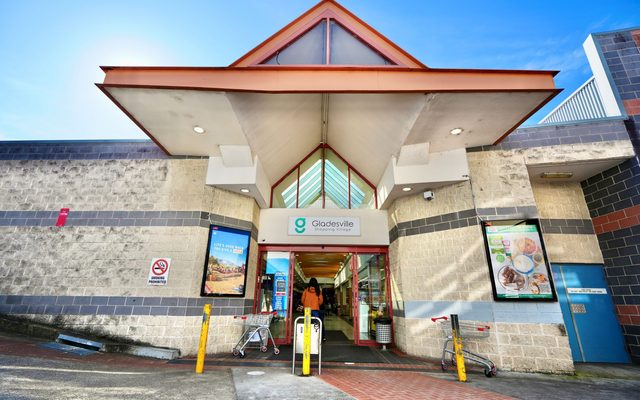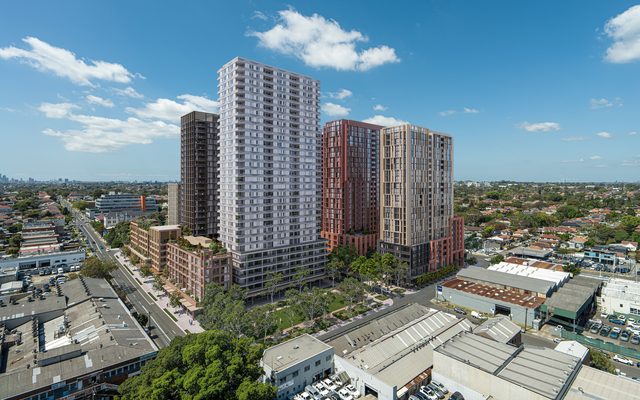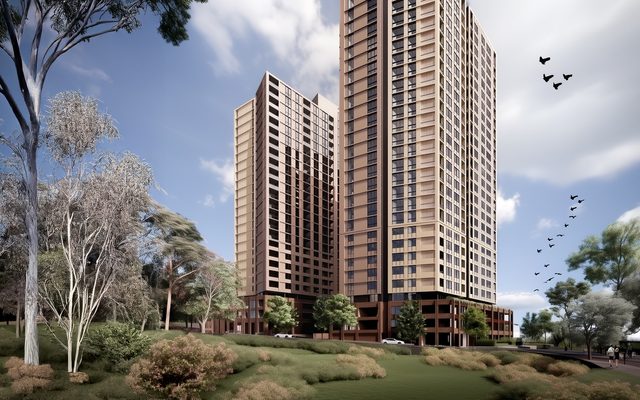This article is from the Australian Property Journal archive
THE Clean Energy Finance Corporation (CEFC) has made a landmark $130 million commitment to community housing provider SGCH, for the construction of 300 new energy efficient homes in Sydney.
The New South Wales Government has awarded SGCH a contract to build 300 new dwellings for the first phase of the Social and Affordable Housing Fund (SAHF).
NSW Premier Gladys Berejiklian and Minister for Social Housing Pru Goward announced the deal on Friday.
“We made an election commitment to provide more social and affordable housing and we are delivering on that promise through the SAHF,” Berejiklian said.
Along with SGCH, other successful parties include BaptistCare NSW & ACT, which will deliver 375 homes for older people and 125 homes for single parent families.
The government also awarded Compass Housing Services Co to deliver 600 homes; St Vincent de Paul Housing for 500 homes and Uniting for 300 homes for people aged over 55 without children at home.
The majority of the 2,200 homes will be built on land contributed to the state by non-government organisations.
The fund was set-up with $1.1 billion in seed capital from the NSW Government. The Government’s investment arm, TCorp, is investing the money to provide a stable income stream for up to 25 years to boost social and affordable housing, with homes to be built over four years.
The CEFC finance will see SGCH deliver homes to a higher energy efficiency standard, with the new homes built to an average 7-Star National Housing Energy Rating System (NatHERS) rating.
The CEFC finance means the new homes are likely to include features such as improved insulation, LED lighting, energy efficient appliances, smart meters and solar installations. SGCH will build a mix of social and affordable housing units in south and south-western Sydney, delivering more sustainable, affordable housing for low to moderate income families.
“The CEFC’s finance creates an opportunity for SGCH to build sustainably for the future, with energy efficiency and livability benefits designed into the homes before construction. The marginal additional cost of the energy efficiency investment will have long term and ongoing benefits for the tenants, particularly through lower energy bills,” CEFC Community and Affordable Housing lead, Victoria Adams said.
“Our combined commitment to SGCH of up to $170 million is our largest financial investment in an Australian community housing provider to date, supporting the development of approximately 500 energy efficient homes for low income families,” she added.
SGCH CEO Scott Langford said the CEFC’s finance would result in well-located, sustainable and affordable housing with coordinated support to provide tenants with opportunities for social and economic participation.
“This finance is a game changer. Our tenants will be able to manage their electricity costs using the latest clean energy solutions, while living in well-located, sustainable and affordable housing,” Langford said. “The finished dwellings will demonstrate the long-term benefits for the people of NSW, with sustainable social, economic and environmental outcomes.”
The SGCH project will focus on meeting the current needs and future housing demand in areas including Canterbury-Bankstown, Georges River, Liverpool, Fairfield, Cumberland and Parramatta.
Adams said the CEFC’s participation in the NSW government’s SAFH project was another example of the CEFC’s focus on delivering clean energy solutions in Australian cities, as part of its Sustainable Cities Investment Program.
Australian Property Journal



